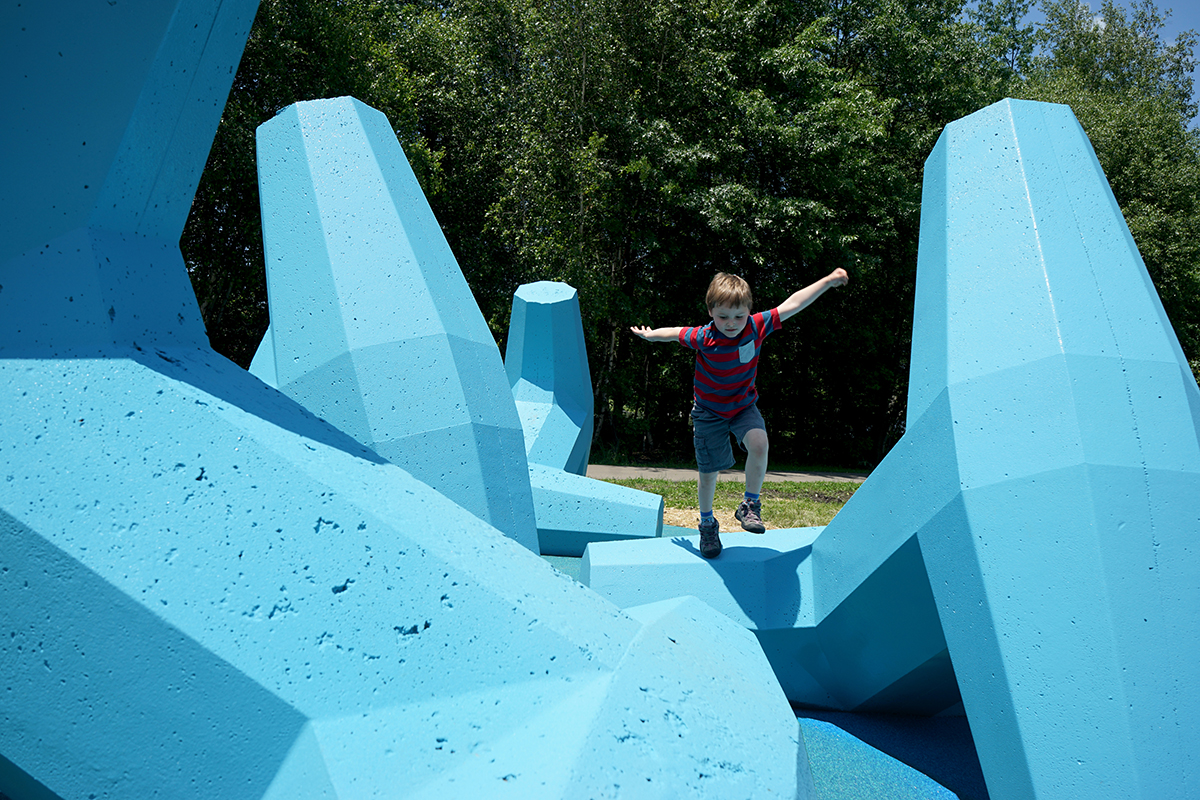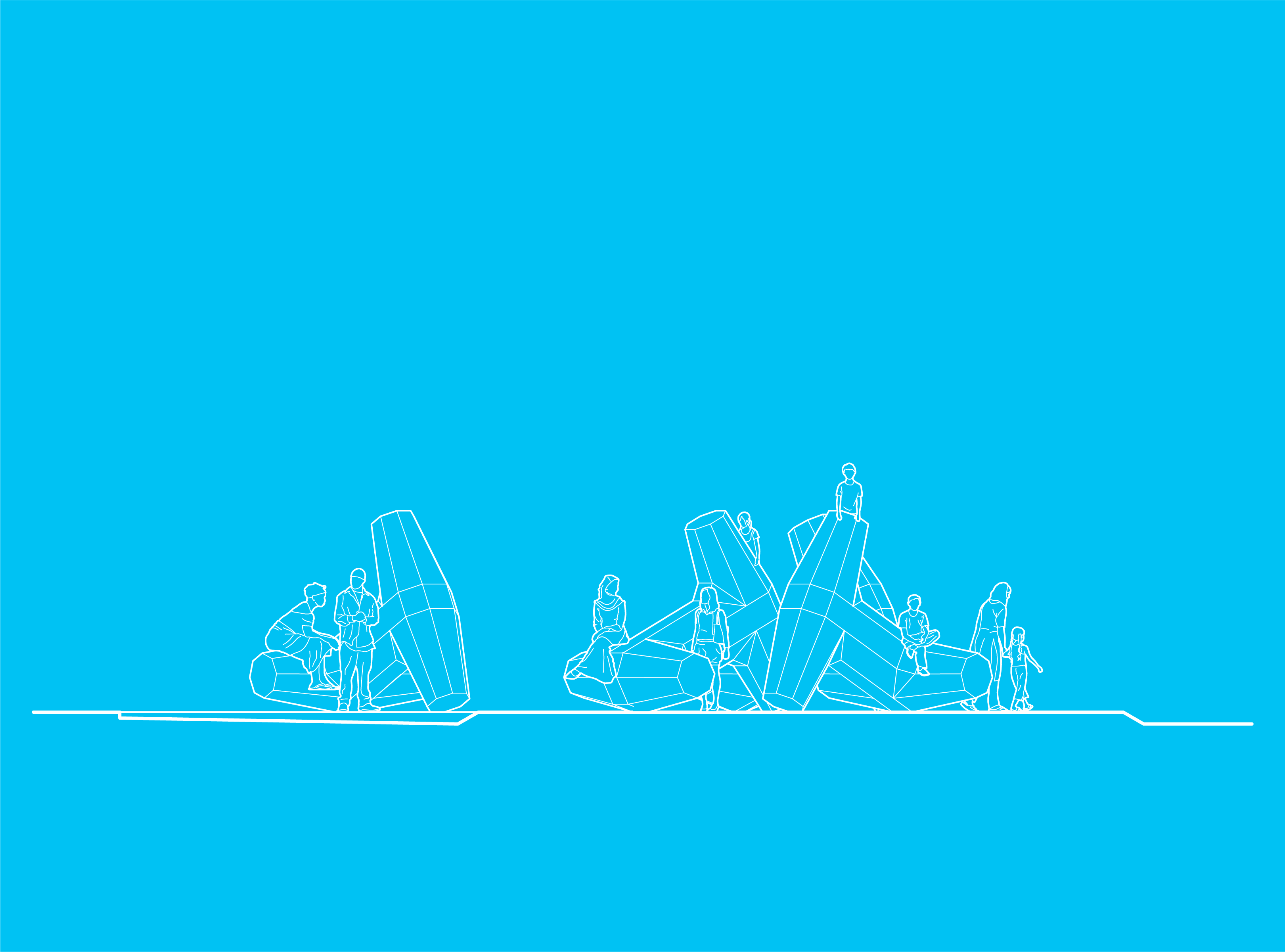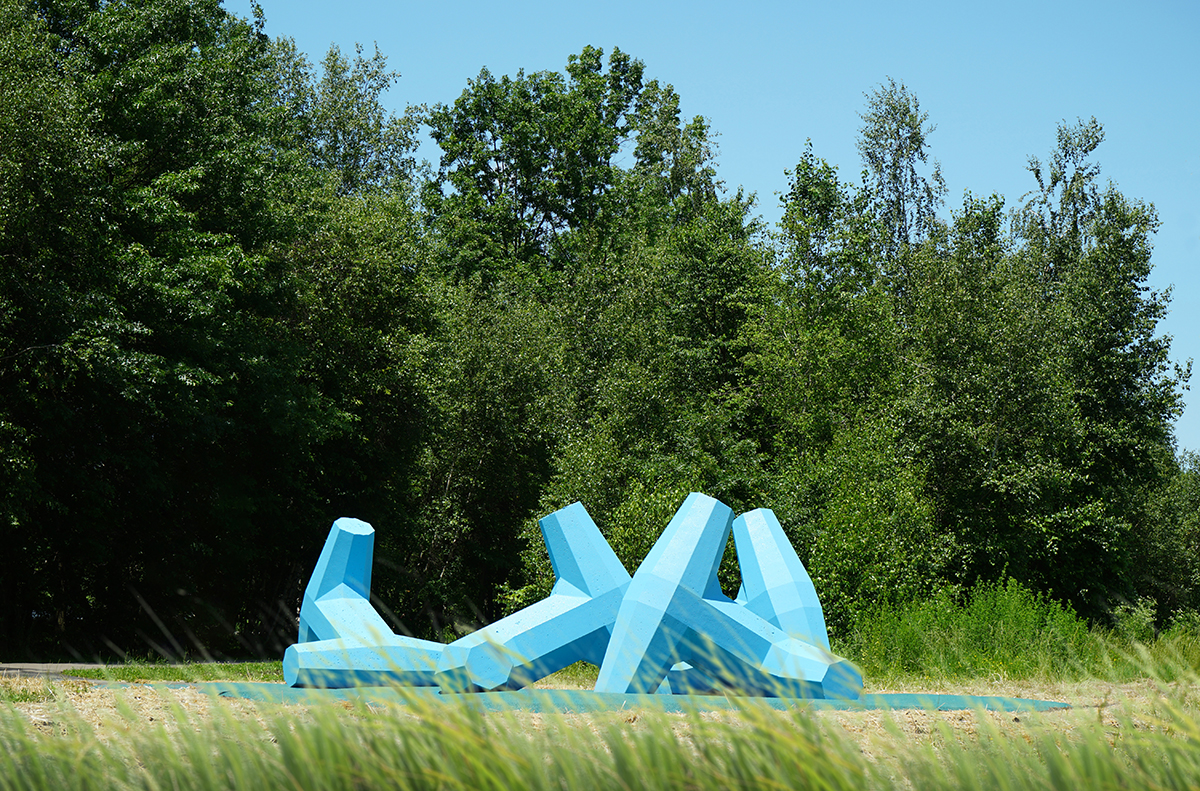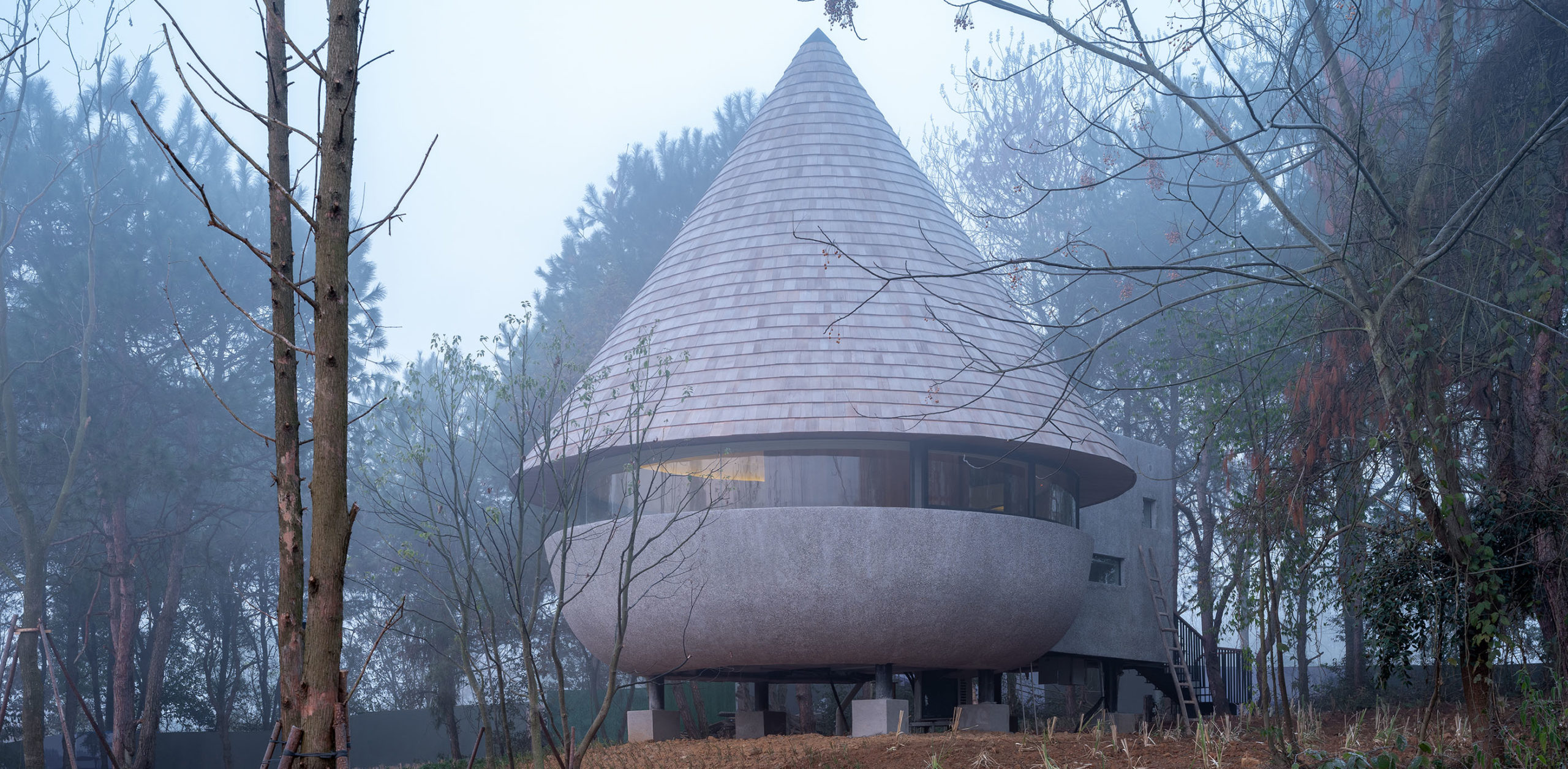Architects: Showcase your next project through Architizer and sign up for our inspirational newsletter.
Theories of organic architecture have multiplied over the past century. From Frank Lloyd Wright to Bruno Zevi, architects have interpreted organicism in varied —and sometimes contrasting — ways. For some, this meant embracing metaphors of natural evolution to facilitate stylistic development by melding form and function in their designs. For others, this entailed casting aside historical tradition and instead integrating buildings with their surrounding landscapes or celebrating vegetal motives and naturally occurring materials. Finally, some broader interpretations focused less on precisely labeling the characteristics of organic architecture in favor of defining their buildings according to what they were not: a perceived cold, rational aesthetic. The result was often asymmetrical, amorphous or curvilinear forms.
In the new millennia, writing architectural treatises and elaborating sweeping theories for design are far less common. Yet — almost organically — a new form of organic architecture is on the rise. The following seven buildings exemplify an emerging tendency to draw on natural forms in more literal ways, resulting in sculptural buildings that evoke clouds, flowers, trees and water. More than a pop aesthetic, these forms of these structures often emerge from interpretations of their surrounding landscapes and programmatic requirements.



Breakwater by Coryn Kempster and Julia Jamrozik, Jamestown, NY
Coastal engineering projects typically utilize interlocking dolosse — large pre-cast concrete elements — to form breakwaters that protect shorelines from harsh waves. This project plays with this environmental infrastructure, transforming it with a colorful and soft rubber coating. Taken out of the water and decontextualized, the resulting social infrastructure invites children to explore. By visually evoking the waves that dolosse usually combat, the project makes visible a crucial environmental protection strategy usually out of sight.
This museum takes its cues from the meandering river and undulating hills on its site. Curving and transparent glass walls support a cloud-shaped roof that seemingly floats above the picturesque setting of the Qingshen Wetland Park. While flowing architectural lines allow the buildings to better integrate with their environment, clouds are also an auspicious symbol in traditional Chinese culture — a consideration that further informed the shape of the building.
Located in a misty pine forest, the architects used a commission for a small hotel to explore new relationships between nature and architecture. The result was two simple volumes in the form of a mushroom stem and cap. A ribbon window marks the transition between the two, and the cylindrical nature of the fungi lends itself to panoramic views from within. The roof’s pinewood cladding, and the granolithic concrete that wraps around the base, will change color over time as the building further integrates with its natural setting.
Picking flowers and plucking petals are typical playground activities. This kindergarten whimsically draws inspiration from these playful childhood experiences while also drawing on the organic precedent for more practical reasons: each of the petal-like volumes has been assigned a unique functional program within. This metaphor is particularly apt in the context of early childhood development and sends a strong message about how learning and social interaction lead to growth and flourishing.
Two sheet slabs mimic the inverse-parabolic movement of a water droplet falling and hitting the earth; they also act like curtains, parting to reveal a mysterious sanctuary nestled beneath a waterfall. This awe-inspiring strategy of concealing — rather than revealing — the structure aims to create intrigue while shiny facade tiles mimic the reflective glimmer of moving water. The roaring sound of the waterfall and cavernous structure also provide privacy to spiritual and architectural pilgrims alike.
The Desert Flower by Proyecciones Costa, Dubai, United Arab Emirates
Proyecciones Costa imagines a new skyscraper ecosystem that would be entirely self-sustaining. Like the kinetic aluminum and steel sculpture in Buenos Aires, this commercial complex would open and close in sync with the rhythm of the sun, mimicking the movements of flowers in the natural world. The massive building would include residential suites, restaurants, a sky heliport and sky lobby, a waterfall and a yacht club.
This project explores alternative realities, asking questions such as: What if timber resources were not depleted in the late 17th to 19th Centuries? What if the reinforced concrete structure had not dominated the architecture of the 21st century? Imagining a world where East Asia’s timber building typologies continued evolving, particularly the iconic wooden bracket systems called “Gong-po” in Korea and “Dougong” in China, the architects contend that the tectonic expression of timber would have resulted in interwoven tree-like structures.
Perched atop one of the most romantic highlands in Vietnam, this vegetarian restaurant sought to recreate the emotional experience of sunlight filtering through a coniferous forest. A floral canopy caps the 500-seat establishment, supported by large wooden columns made of locally sourced pine. The columnar modules are capped with bursts of confectionary-pink bougainvillea clusters planted in large stainless steel sinks.
Architects: Showcase your next project through Architizer and sign up for our inspirational newsletter.
